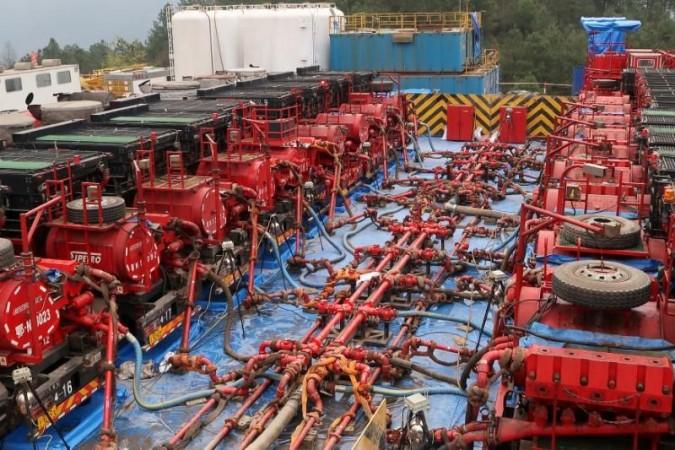
Chinese officials have stated that there isn't sufficient evidence to prove that the strong earthquake that rattled Sichuan province this week was caused due to excessive exploitation of shale gas in the region.
The clarification came after speculations were floated on online forums that fracking may have contributed to the 6.0 magnitude earthquake in southwest China that killed 13 people and injured 199 on June 17.
However, officials stated that Sichuan and neighbouring areas are vulnerable to earthquakes as the region is an active seismic zone. "There's no sufficient evidence to indicate that the earthquake has anything to do with shale gas mining," Wang Haitao, director of China Earthquake Networks Centre (CENC), said at a conference on Tuesday.
Officials reasoned that discrepancy between the depth of the quake's epicenter and the average mining depth indicates that the recent quake was not human-induced. "The mining usually goes as deep as 1,000 meters, but the epicentre of this earthquake were of a depth of 16 kilometres. This suggests that human activities have a limited impact," Guo Xun, a seismologist with the China Earthquake Administration, told the Global Times.
He further said that casualties have been a cause of concern as a study by US scientists indicated smaller earthquakes increased in areas near oil extraction and shale gas exploitation. But since the claim is not proven by concrete scientific evidence, officials cannot confirm the same.
In February, about 1,000 residents gathered at a government building in Rongxian county in Sichuan, after two people were killed in two earthquakes measuring 4.3 and 4.9, reported Global Times. While it was speculated that the earthquakes were caused by fracking, the Chinese seismologists had said that there was insufficient evidence to support the claims.
What is fracking?

Hydraulic fracturing or fracking is a technique in which high-pressure liquid (primarily water) is injected into a wellbore to create cracks in the deep-rock formations under the earth's surface. The process is used to create new pathways so that the release of natural gas, petroleum and brine flow more freely.
The process is highly controversial in many countries. Some claim that besides economic benefits, this method helps decrease carbon footprint as it's a cleaner alternative to coal and gas. However, others have said that the benefits are outweighed by possible environmental impacts such as surface and groundwater contamination, air and noise pollution and the threat of earthquakes.

















